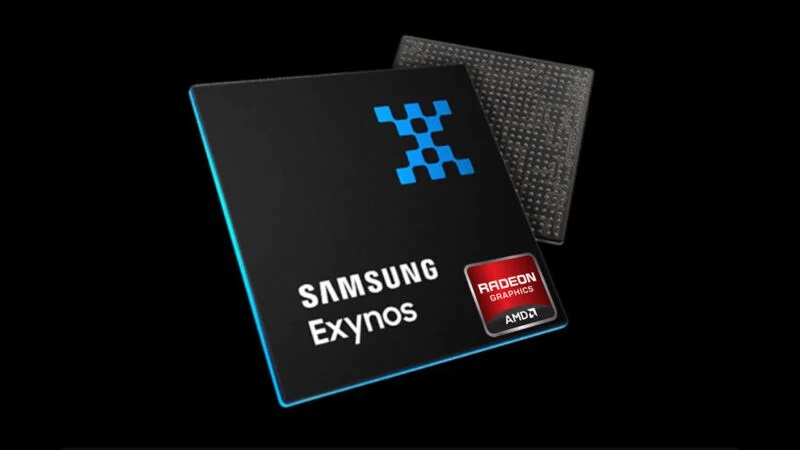Samsung’s forthcoming flagship chip, the Exynos 2400, is set to power select Galaxy S24 models next year. Simultaneously, Samsung is developing the Exynos 1480, serving as a successor to the Exynos 1380 that currently fuels devices like the Galaxy A54. Surprisingly, this mid-range chip is garnering considerable attention.
The Exynos 1480 has recently made an appearance on an online benchmark, where it was discovered that this upcoming System on a Chip (SoC) is equipped with an AMD GPU. There had been speculations suggesting that Samsung might sever its partnership with AMD and revert to developing its own GPU. However, these speculations seem baseless as Samsung is integrating the formidable AMD GPU into a chip destined for more budget-friendly smartphones.
The Exynos 1480 hasn’t been benchmarked on a consumer device, which is quite normal. This is because the Galaxy A55, anticipated to be the first smartphone powered by the Exynos 1480, is still about six months away, assuming Samsung adheres to its yearly release cycle. Nevertheless, some key details about the chip have emerged. It features eight cores, with four running at 2.75GHz and the remaining four at 2.05GHz, a step up from the Exynos 1380’s 2.4GHz and 2GHz. Additionally, it boasts an Xclipse 530 GPU.

Xclipse is the branding Samsung employs for GPUs based on AMD’s graphics architecture. The initial Xclipse 920 debuted with the flagship Exynos 2200 last year, and its successor, the Xclipse 940, will make its debut alongside the Exynos 2400 in 2024. Clearly, Samsung has adopted the Xclipse 9xx nomenclature for its high-end GPUs and will utilize the 5xx series for the less powerful versions intended for its mid-range smartphones and tablets.
The Xclipse 530 will also employ an older architecture. While Samsung has officially confirmed that the Xclipse 940 will be based on AMD’s RDNA 3 architecture, the 530 will stick to the RDNA 2 architecture, the same as the Xclipse 920. Consequently, the 530’s performance will likely be notably lower. However, as of now, specific specifications for the 530 (as well as the 940) have not been disclosed.
This also implies that it remains uncertain whether the Xclipse 530 will support ray tracing. Ray tracing is a highly demanding graphics feature, currently only available on the most high-end mobile chips from Samsung, Qualcomm, and Apple. Hence, it is possible that the Xclipse 530 may lack support for this feature.
Nevertheless, the fact that Samsung is introducing an AMD GPU into a mid-range chip at such an early stage is a significant development in itself. It is hoped that the company will also prioritize improving the cooling solutions in the phones or tablets equipped with the Exynos 1480, ensuring that any performance gains are not compromised due to inadequate heat dissipation.







